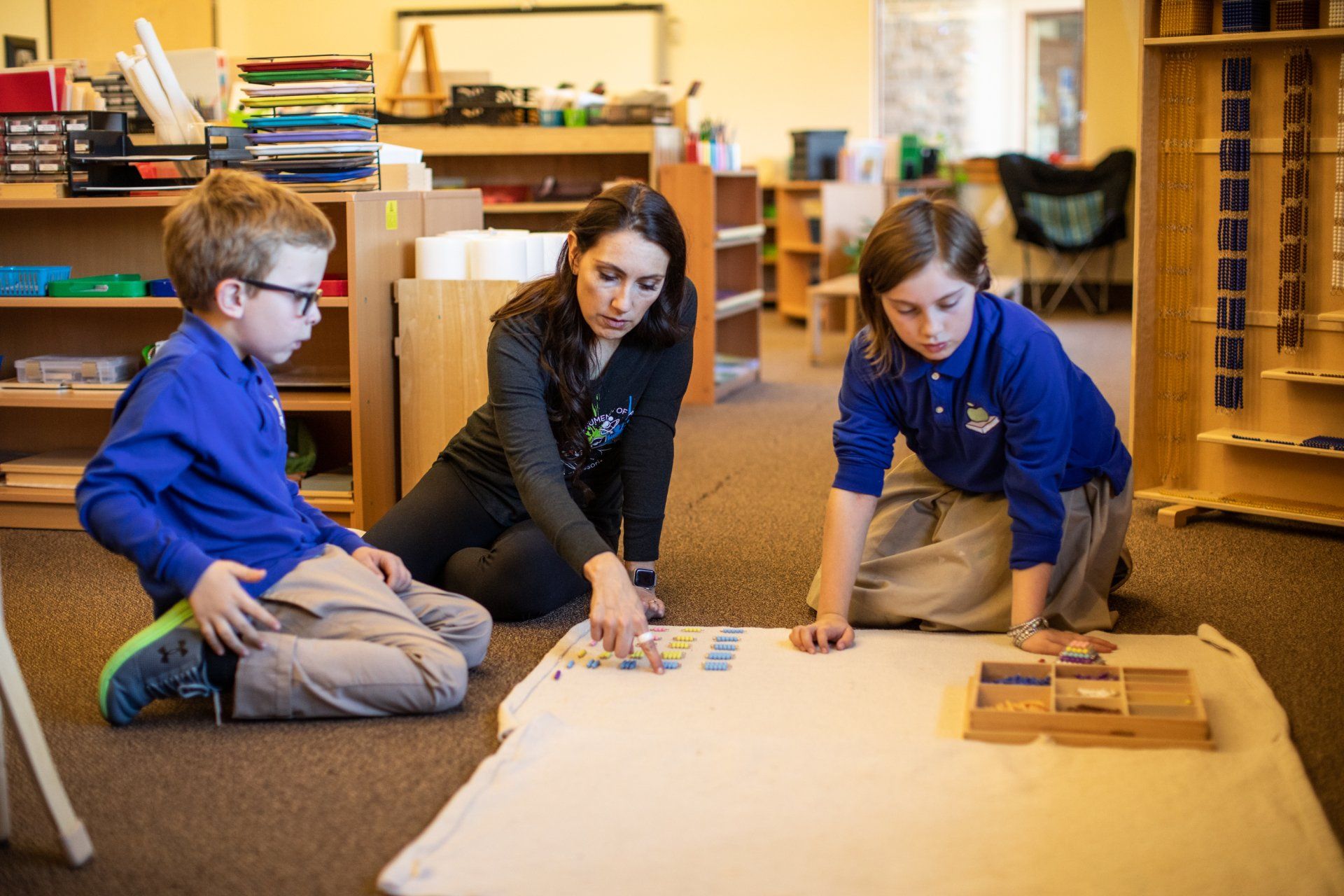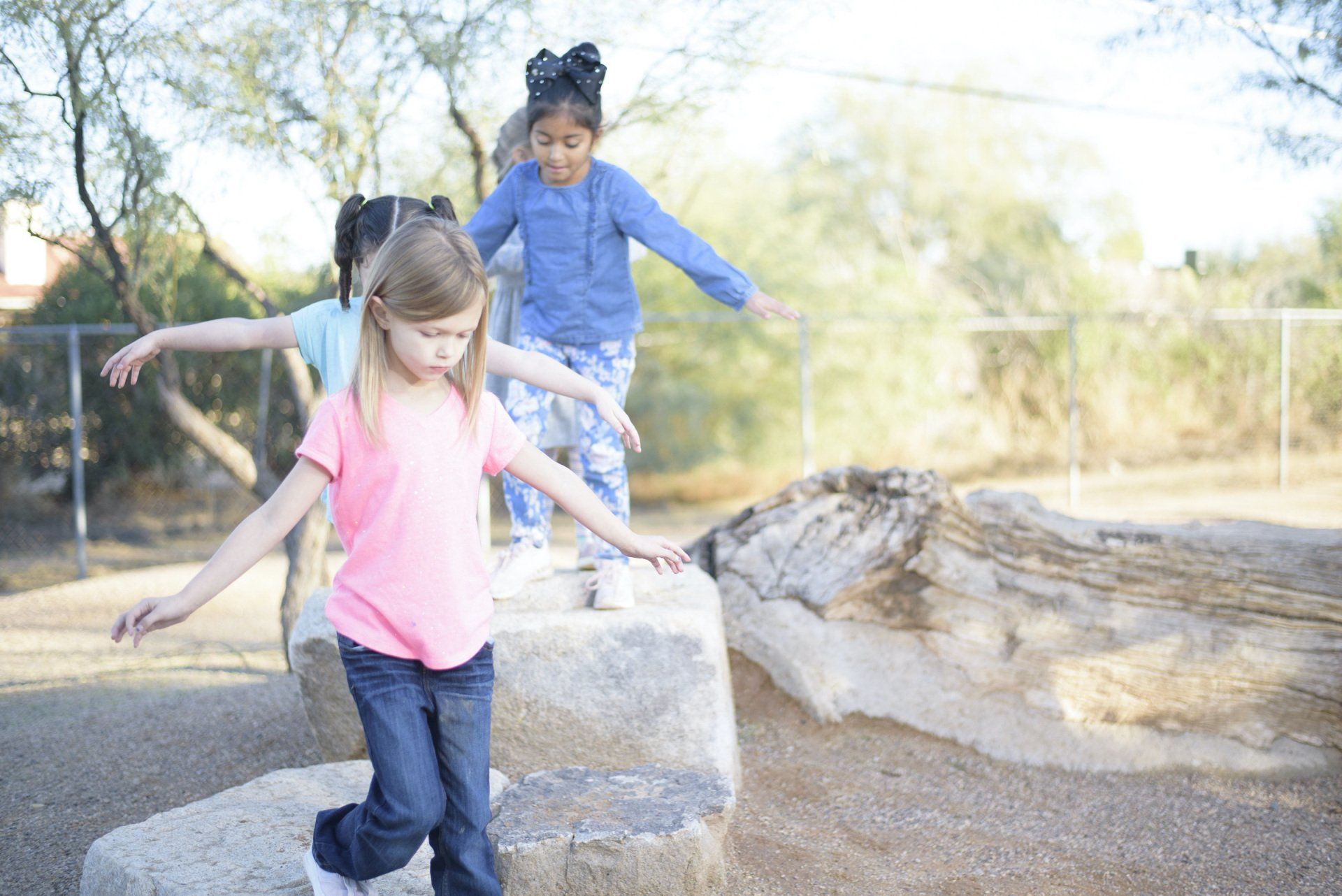Parent Guidance Blog

The Latest from Our Blog

11 Feb, 2022
Research shows children who regularly get an adequate amount of sleep have improved attention, behavior, learning, memory, and overall mental and physical health. A predictable routine also gives your child a sense of security and teaches them to fall asleep on their own. Children need more than eight hours of sleep per night, more in the range of 10 to 12 hours. Parents must have consistent bedtime schedules and routines for their children in order to help their body-clock achieve solid sleep and maximize their academic progress in school. Research also shows that it is crucial to begin practicing healthy eating habits early on in your child’s life. Most of your child’s plate should be covered with colorful fruits and veggies; the more variety of colors in fruits and vegetables, the more nutrients added to their meal. Limit salty, fatty, and sugary foods, low-fiber foods, and drinks with a lot of sugar or food colors. Protein-rich foods, grains, dairy products and plenty of water are all necessary to keep your child health. Children’s diets require complex carbohydrates, veggies, fruits versus simple sugars. Invest some time to prepare their food; keep in mind that children do not need to eat and snack all day long; which would lead to mealtime struggles as they are not hungry for their nutritionally balanced meal. Let your child help you set the table; have meals seated at table (not in front of a TV!); and encourage them to finish their meals in a timely manner. Creating and maintaining a stable routine in their diet will help your child look forward to mealtimes.

11 Feb, 2022
When parents watch a Montessori classroom in action, one of the most frequent things we hear is how calm and serene the room is. The secret to our success is the emphasis of grace and courtesy at all levels. When at home, you can help your children mimic that same unique classroom culture by using similar steps we take in classrooms to help our students develop grace and courtesy. Good behaviors do not come about automatically to children of any age. These positive skills must be taught, and should be taught as young as toddler ages. Focus on creating that unique classroom culture by teaching your child how to conduct themselves with polite behaviors, sharing, taking turns, waiting their turn, showing kindness etc,. Have your children use indoor voices, walking feet in the house, being gentle with their toys, siblings and pets creating a considerate environment. Insist they use their words to express their feelings in a clear and calm manner, instead of tantrums or demands. The easiest method to begin teaching these skills is consistency. Help your child understand life skills you yourself use on a daily basis. Share stories about your day when you had to stand in line, wait your turn; deal with problem solving, etc. We have a duty to society to instill good citizenship and courtesy in our children from a very young age by reinforcing polite behaviors in every situation.

11 Feb, 2022
Many of the toys available for children today are limited in their options for exploration. The child simply presses a button and watches the flashing lights or listens to the pre-set sounds. With a toy that's limited, its no wonder that children seem to reach boredom quickly. As parents try to not give toys where children only need to press one button and are left with nothing else to do. Fancy, loud and flashy toys that do all the work for the child's amusement have no purpose. However, t oys that encourage your children to do something with their hands can entertain them for long periods as they repeat the activity. TV and other electronic devices may hold their attention for a long time, but do not involve interaction nor manipulation. Dr. Montessori believed that in order for a child to absorb knowledge the work of the hand is very important. Therefore, it is best to provide your children with toys they can manipulate and engage their senses. Take a minute to consider what your child really needs. Does the new innovative pop world of toys, movies and teen celebrities, support the developmental needs or personality of your child and your family? For example, is a certain video game important to your family’s long-term goals? Less is more. Periodically rotate toys, books and stuffed animals in your child's space. Remove items that may be visually overstimulating. Keep in mind children’s environment has an impact on their behaviors. “One lesson at a time” is the classroom standard; students choose from a variety of lessons, but can only choose ONE at a time; once chosen, it must be worked with until completed and placed back where it belongs before moving on to the next activity or task – this can be done at home when playing with toys as well. Your child can play without rushing and maintain a mode of concentration and purpose in their actions. Children should help keep their toy room/bedroom tidy and orderly. Discourage your child from throwing toys haphazardly together into bins, rather store toys as complete sets on a shelf or in their own containers. Remember, that in the classroom it is a privilege to work independently as they wish to, but with this freedom also comes responsibilities.

14 Nov, 2020
Maria Montessori based her entire educational philosophy on the idea that children developed through a series of four planes. Each of these planes is easy to recognize and has clear, defining characteristics. If we study and understand these stages, we can approach our interactions with children with a new perspective. Learning about the planes of development isn’t just for Montessori educators. Understanding your child’s development can help at home, too.

02 Nov, 2020
Toddlers are together, in the classroom serving children 16 months to two years. Preschool classrooms are for children ages 2-3, with Pre-K and Kindergarten-aged children 3-6 years together. Lower Elementary years serve children ages 6-9 and Upper Elementary for 9-12 years of age. What are the benefits of structuring a classroom this way? Learning at an Individual Pace Children in multi-age classrooms tend to have a little more flexibility when it comes to mastering skills within a specific timeframe. Montessori believes learning is not linear, and learners have periods of significant growth, plateaus, and even the occasional regression. In multi-age classrooms, children are typically able to work at their own pace without the added pressure of keeping up with the whole group, or even being held back due to the whole group. When students in a classroom range in ages, everyone has someone they can work with, regardless of their skill level. Children don’t feel left behind if they struggle with a concept, and they also don’t feel bored by repetition of something they have already mastered. Montessori teachers who teach in multi-age classrooms have deep knowledge for a range of developmental abilities, leaving them well-equipped to differentiate instruction for each individual child. Building Stronger Relationships In traditional schools children move from one class to the next each year. This means a new set of academic expectations, different routines, and different classroom structures, and a different teacher. In Montessori classrooms teachers typically have 3 years, get to know a students and their families, and vice versa. When teachers really get to know a student, they are able to tailor instruction in regards to both content and delivery. They know how to entice a specific child onto a topic or into a lesson. They know to help their students feel successful. Parents have an opportunity to get to know teachers better this way, too. If your child has the same teacher for two or three years, the lines of communication are strengthened. Parents get to know the teacher’s style and expectations. The home to school connection is more cohesive, and the child benefits the most. Mentors and Leaders When a child spends multiple years in the same class they are afforded two very special opportunities. Students who are new to the class are fortunate enough to be surrounded by helpful peer mentors. Children often learn best from one another, and they seek to do so naturally. First and second year students watch as the older children enjoy advanced, challenging work, and this inspires them. They look to the older students for guidance, and the older children are happy to provide it. The older students who have been in the same classroom for a year or two, gain the chance to practice leadership skills. In Montessori classrooms, the older children are often seen peer tutoring, assisting with materials that a younger student needs help with, or lending a comforting hand as younger students adjust. The best part is children make the transition from being dependent to becoming a leader in their own time. It does not happen for all children at the same time, but when it does it’s pretty magical to observe. Mirroring Real-Life There is no other time in life in which people are split into groups with others who are exactly their chronological age. Whether in the family, the workforce or elsewhere, people ultimately need to coexist with people older and younger than themselves. This allows for a more enriching environment, brimming with a variety of ideas and skills. Beginning this experience from a very young age helps children to conform to society with confidence.

19 Oct, 2020
A Montessori teacher is less like the traditional idea of an instructor, and more like a guide. They lead students in in the general direction of the students interests, capabilities and pace of learning; while helping strengthen the weaker academic areas. Maria Montessori once said, “The greatest sign of success for a teacher...is to be able to say, ‘The children are now working as if I did not exist in the classroom." Montessori Teachers Cultivate Independence In a Montessori classroom, rather than seeing a teacher at the front of the classroom giving the same lesson to every child, the teacher will be working quietly with individual children or small groups. While that is happening the rest of the children are free to spend their time working with lessons that are of interest to them. A Montessori teacher works hard to create structures that allow children to be independent learners/ workers. One large part of what a Montessori teacher does is to intentionally prepare the classroom environment so that it is developmentally appropriate, inviting to children, and supports them on their journey to work independently. This environment is constantly changed by the teacher to benefit the new and evolving progress of the students. Montessori Teachers are Trained to Think Scientifically Montessori teachers are highly trained; many have recognized Montessori credentials in addition to their college degrees. Montessori certification programs are intensive and demanding; one might compare them as being the equivalent of another college degree. These training programs don’t just teach Montessori educators how to use the specialized materials; there is extensive coursework about Montessori philosophy, child development, and integrating the arts. When it comes to assessments, Montessori teachers don’t rely on standardized tests; they rely on the power of observation. They chart what their students have mastered, need more support with, and are curious about. They are constantly recording what they notice children working on, how that work is being executed, and ideas they might have in anticipation of a child’s next steps. Montessori Teachers See the Big Picture Due to the Montessori’s classrooms three-year cycles, teachers have the unique ability to consider the big picture when working with students. There is a natural tendency to allow the children to genuinely learn at their own pace. Getting to know a child and their family during this time is an additional support to this approach. Montessori Teachers are Often Called ‘Guides’ …and for good reason. While children in Montessori classrooms have an abundance of choice in their educational pursuits through the Montessori philosophy of ‘freedom within limits’. It’s the Montessori teacher’s responsibility to set those limits. Students know there is structure in place. This gives them comfort and a safe place in which to try new lessons and ideas. If a student loves to read but tends to avoid math, their Montessori teacher will find ways to ensure the math still gets done during the day. Sometimes this involves a discussion with a child about time management skills, priorities, or setting goals. The teacher will integrate the child’s interests into the less desirable work. Montessori teachers assist students to be successful in this environment. Montessori teachers value independence, self-reliance, and intrinsic motivation. They also value cooperation, kindness, and strength in community.
© 2024
Montessori Academy of Virginia



